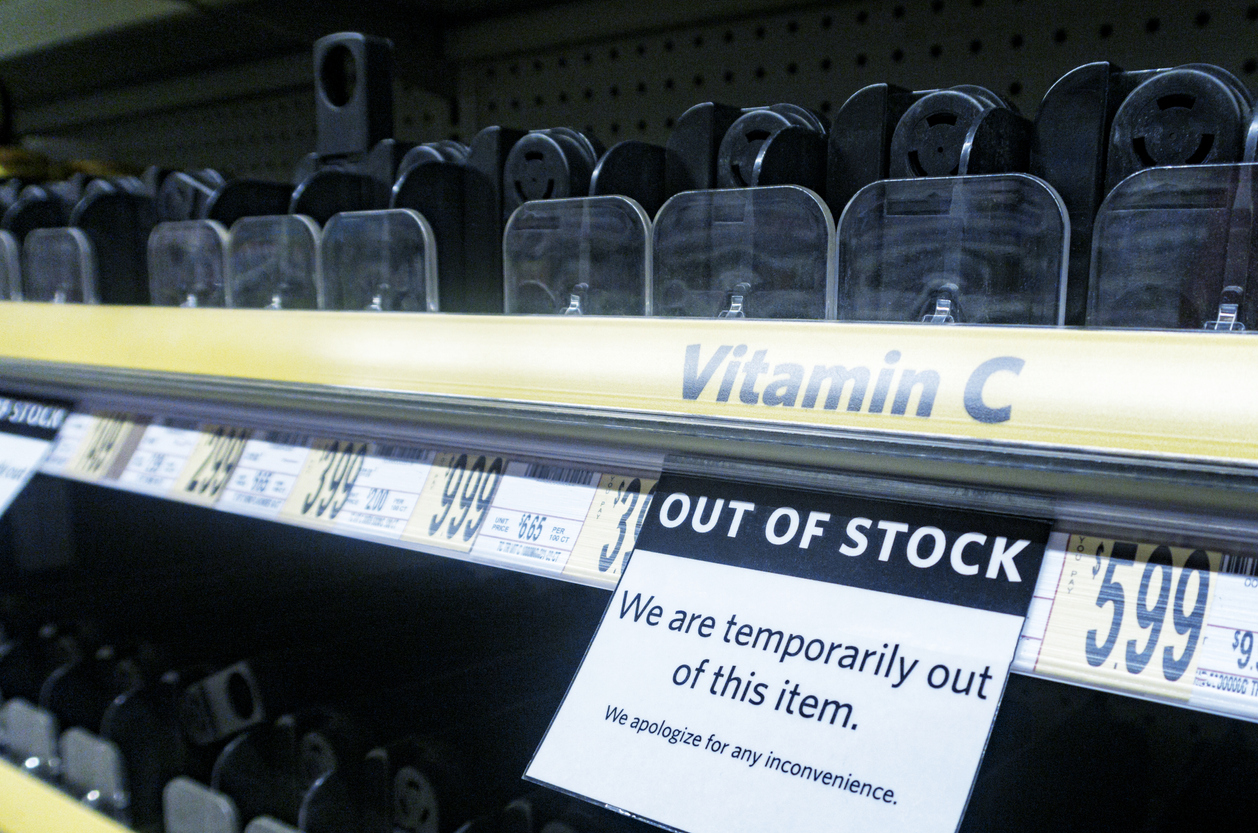Today, the Association for Accessible Medicines released a White Paper (here) that provides their views of the factors that may cause drug shortages and also provides some reasoned solutions to reduce and help prevent future drug shortages. While the white paper does indicate that the number of shortages has decreased somewhat over the past few years, we are seeing a recent reversal of that trend. Just look at the stories appearing almost daily in the newspapers and the political pressure being placed on both industry and the Agency. Yes, it is a real problem, but the solution has been elusive.
Even the actual number of drug shortages is difficult to pin down. The AAM notes that there are different types and definitions of drug shortages between and among organizations that track shortages and this difference led to is a significant difference in what the FDA reports on their drug shortage list versus what the American Society of Health-Systems Pharmacists (ASHP) or other Agencies report. The AAM states the impact of “the different definitions is found by comparing the FDA drug shortage list to that published by the ASHP”. As of June 6, there were 138 products listed on the FDA drug shortage list compared to 238 on the ASHP list. Of those on the FDA list, all but 40 were on the ASHP list, whereas the ASHP list contained 141 products not considered to be in shortage by FDA.
The White Paper goes on to provide 14 factors AAM believes can lead to drug shortages and 18 different recommendations for how to avoid or reduce shortages. That factors are multi-dimensional in what we know is a fragile generics market and as AAM states: “[T]his fragility is caused by (1) market and pricing factors that undermine the sustainability of low-cost generic manufacturing and (2) government policies that compound challenging market dynamics and leave generic markets vulnerable to shortage, and are often as a result of (3) regulatory and manufacturing challenges.”
As we have noted in a recent blog post here, drug shortages are a complex issue with many contributing factors and no one has found the magic bullet (or bullets, if you will) to easily solve them, but the greater the public discourse and the more this issue is discussed, it becomes evident that the intertwining of the factors from which shortages are born has been very difficult to corral.



